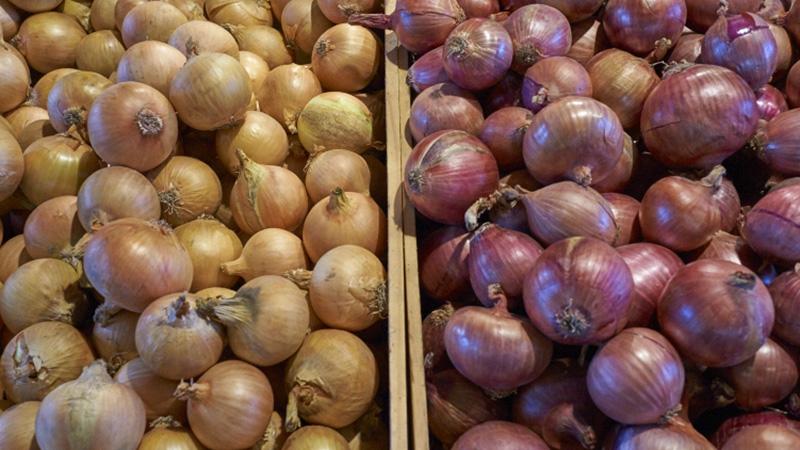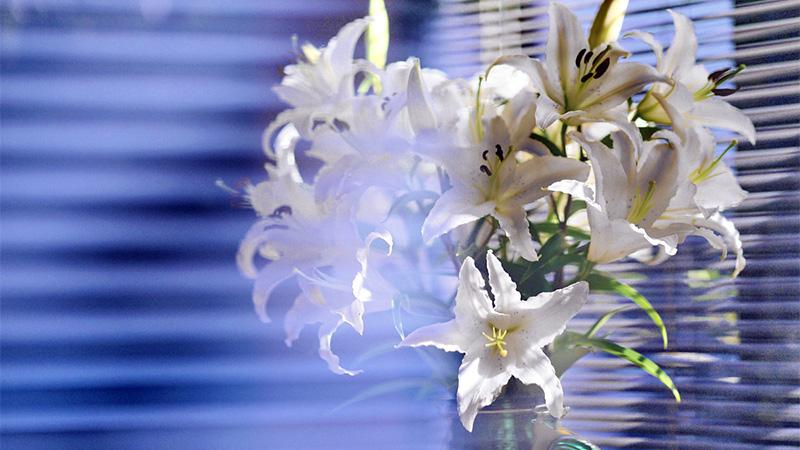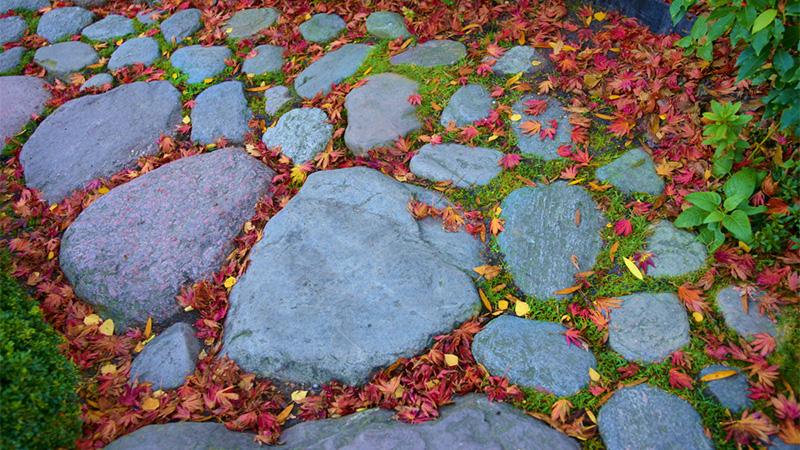Power of Pattern
Episode #1 of the course Master photographic composition by Tom Ang
Hello!
Welcome to this super-charged course on photographic composition. I have only one rule for you: There are no rules. If anything rules in composition, it’s your heart: Your feelings decide what looks good.
What I will share with you is how to work your feelings inside the very specific confines of the picture frame. Once you understand what’s going on in the frame, you have power over the mind of the viewer.
Something else I promise: no fancy lenses. You can take some shortcuts to strong composition using extreme focal lengths, and you can show off. But in these classes, I’ll use only commonly available focal lengths—between 24mm and about 150mm.
Let’s begin!
Mighty Multiples
You know what it’s like: You walk into a pâtisserie shop and see those rows and rows of buns and cookies. They are so tempting! One reason such displays are so mouthwatering is that repeated patterns reinforce themselves on our eye. We’re enchanted by them. Patterns beguile us.
Photographing things in patterns fills your picture frame with lots of visual interest. The visual material extends from corner to corner, keeping your eyes interested. At the same time, repetition strengthens and reinforces the visual elements. A pattern of things often suggests there’s more going on beyond the picture frame, and that keeps the viewer interested too.

Try this:
• Look for things that come repeated and arranged in patterns. They could be laid out in neat rows, jumbled together, or something in between. Items can be anything from apples in a box to fence posts or trees in rows, pebbles on a beach, bunches of flowers, flocks of birds, cars in a parking lot, etc.
• Look for strong patterns that are broken up by another feature. Try giving varying prominence to the pattern and to the other feature. See below the shot of lilies and Venetian blinds: The strong patterns of the blinds are broken up by the soft outlines of the lilies.
• Photograph your pattern from different angles (square on, from the side, and everything between) and distances (close up to show only a few items or further away to show lots). Check out what works best.

What you might find:
• Patterns or multiple objects that are very regular and precise (a brick wall) tend to be less interesting than patterns that have some variation or irregularity.
• Patterns or multiple objects that are very irregular in size and distribution often don’t work too well. They may look too jumbled, with little for the attention to focus on.
• Man-made objects or patterns—such as windows on modern buildings—are often very regular. But if you look at them at an angle, they constantly change in size as they recede into the distance. That movement is what gives dynamism to steeply angled views of modern buildings.
When you feel more confident working with patterns, try working with strong side lighting. As you walk around a subject, you’ll see how the angle of the light makes a radical difference to your pictures.
All in Balance
As in much of photography, you are working between extremes. When photographing patterns, the extremes lie between too much regularity and too much random variation. But working right in the center may be too safe, too conservative.
• Allow yourself to be surprised, to push the envelope. Beyond the comfort zone is where the real fun starts!
Tomorrow, we look at the power of working with distinctive shapes in your photos. It’s a powerful way to compose.
See you tomorrow!
Tom
Recommended resource
Pattern and Texture group: A Flickr group with a mixed collection of patterns. Worth checking through to see what you feel works and what does not. You’ll find other groups featuring patterns on Flickr.
Recommended book
Learning to See Creatively: Design, Color, and Composition in Photography by Bryan Peterson
Share with friends

